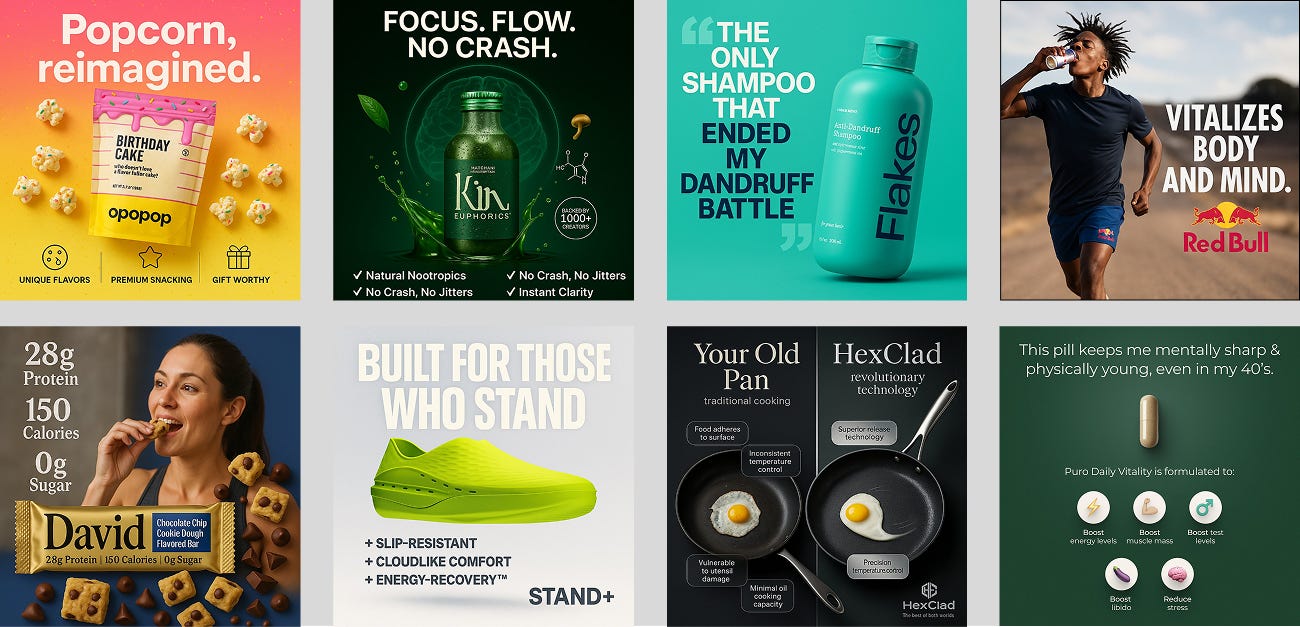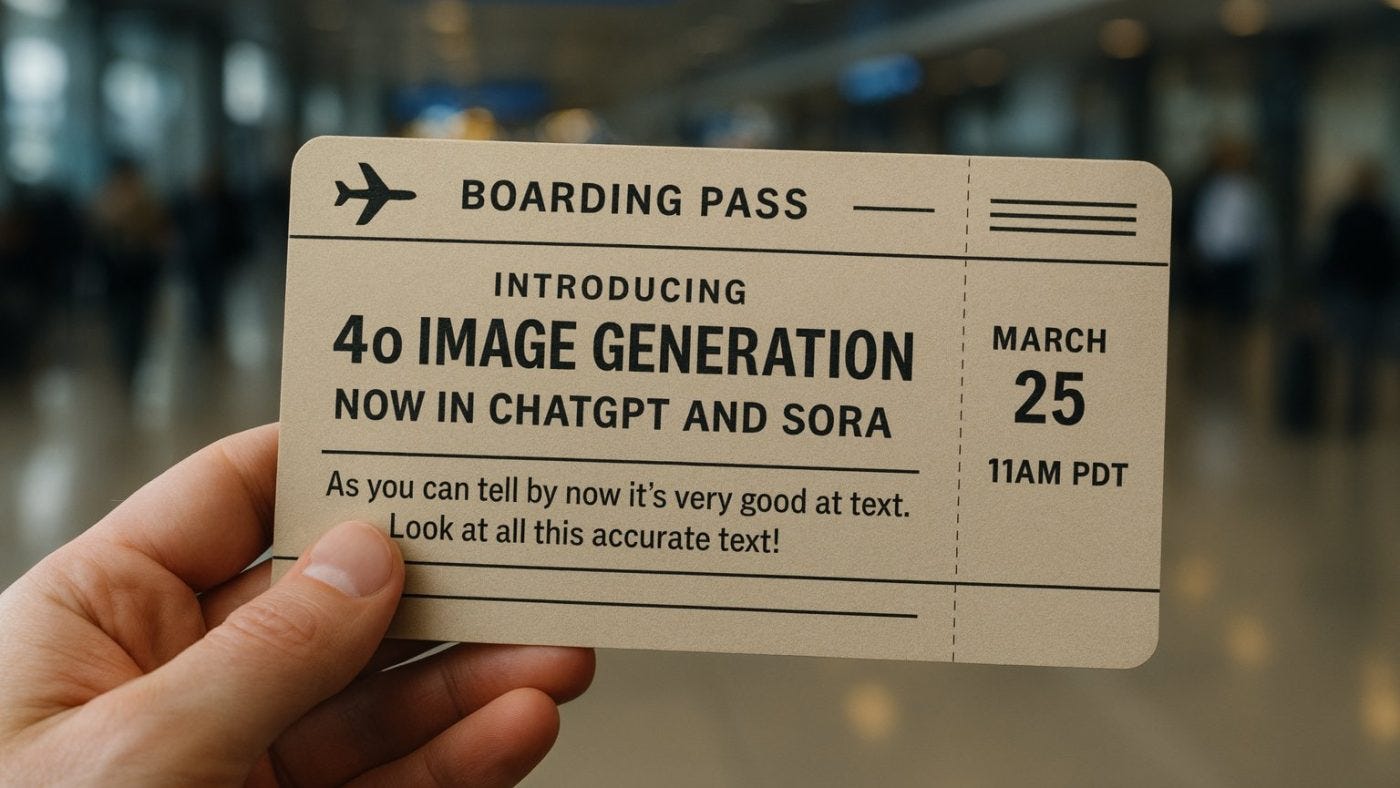Image Editing & Generation with ChatGPT
A Guide on Mastering The Latest OpenAI’s Feature
Okay, as promised, 4o Image Generation.
But I think you've already seen Ghilbi and Disney-style characters (if not, just open your feed on any social media). So, I suggest digging deeper into image generation and understanding how to master OpenAI’s latest feature.
In this issue, we cover everything you need to know:
Overview for 4o Image Generation & Comparison with Gemini
Usage Scenarios, Pro Tips & Tutorials
Advanced Use Cases with Additional AI Tools
Are Designers Done?
Get 20% OFF Full Access subscription!
GPT-4o Image Generation | Vibe Marketing?
4o Image Generation is the latest update for the ChatGPT. It allows you to create images from any prompts inside the chatbot interface. The feature is part of GPT-4o, meaning the AI that answers your questions can now create (or edit) pictures.
But while few people can be surprised by this aspect, the actual results impress everyone. Key things of GPT‑4o are clear in testing and user feedback:
Photorealistic Detail & Styles: It can generate realistic images (some outputs could pass for real photos) and stylized art. It adapts to your style and nails the visual details, like lighting and perspective.
Accurate Text in Images: GPT‑4o can render text correctly within an image, unlike other models that jumble letters. This allows for the creation of logos, memes, or infographics with legible labels.
Complex Scene Understanding: Give AI a detailed scenario, and it will compose all those pieces coherently. The model does a good job following elaborate prompts with many specifics.
Strong Memory and Consistency: Because it operates within ChatGPT, GPT‑4o has the conversation’s context at hand. It can build upon previous images and instructions.
All of this is pretty important.

I said a similar thing when we discussed Image Editor by Google: Tools like this save most people from using designer services and apps like Photoshop and Figma. And it's just a massive opening for designers and marketers, paving the way for vibe marketing.
But more on that later.
ChatGPT vs Gemini’s Image Editor
It’s also worth noting that Google first entered this game with its image-editing AI. A few weeks before OpenAI’s update, Google released an image generation feature in its Gemini 2.0 model. So, I think we should compare them.
From a user experience standpoint, Gemini has some advantages. For one, it’s fast: Gemini feels more responsive, cranking out images and applying edits quicker than GPT‑4o, in my experience. It’s also entirely consistent when you ask for changes. Gemini tends to use the edit reliably without altering unrelated parts of the image.
However, GPT‑4o seems to win in terms of detail and prompt understanding. The images from ChatGPT often have a richer, more refined look, and it interprets nuanced requests more faithfully (especially for imaginative or complex prompts).
In short, Google’s tool is great for quick edits, but GPT‑4o delivers a bit more wow in the results and often grasps precisely what you meant with less back-and-forth.
Share this post with friends, especially those interested in AI Insights!
Practical Usage Scenarios
Next, I propose to proceed as follows:
We'll bypass generating cartoon characters from photos and go straight to practical usage scenarios. Starting by figuring out what will be helpful and won't require additional tools.
And then, we'll dive into the plane where image generation can become the foundation for serious projects. In this case, we will supplement ChatGPT with various apps to make the experience even more impressive and engaging.
Keep reading with a 7-day free trial
Subscribe to Creators' AI to keep reading this post and get 7 days of free access to the full post archives.



